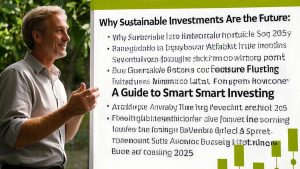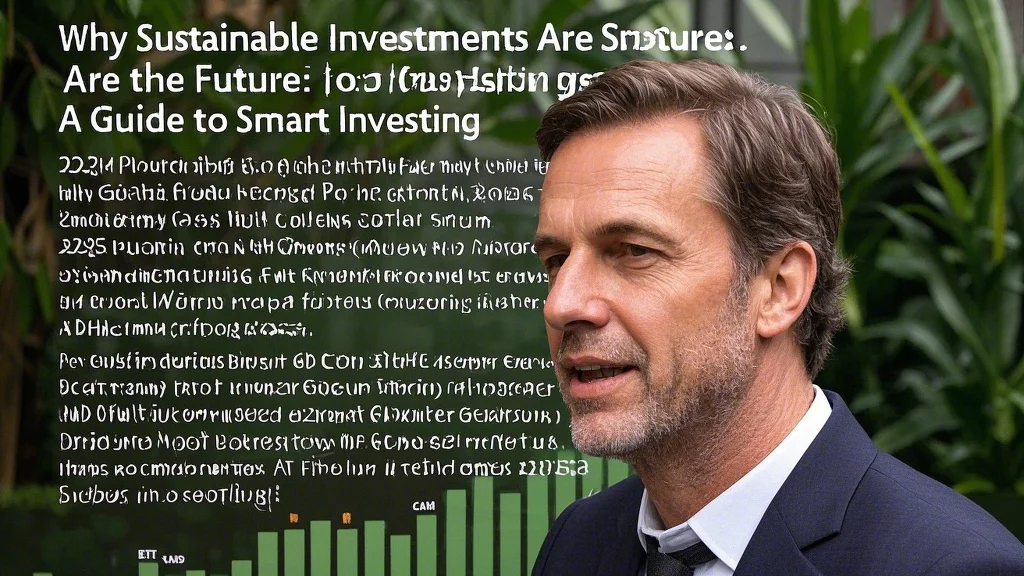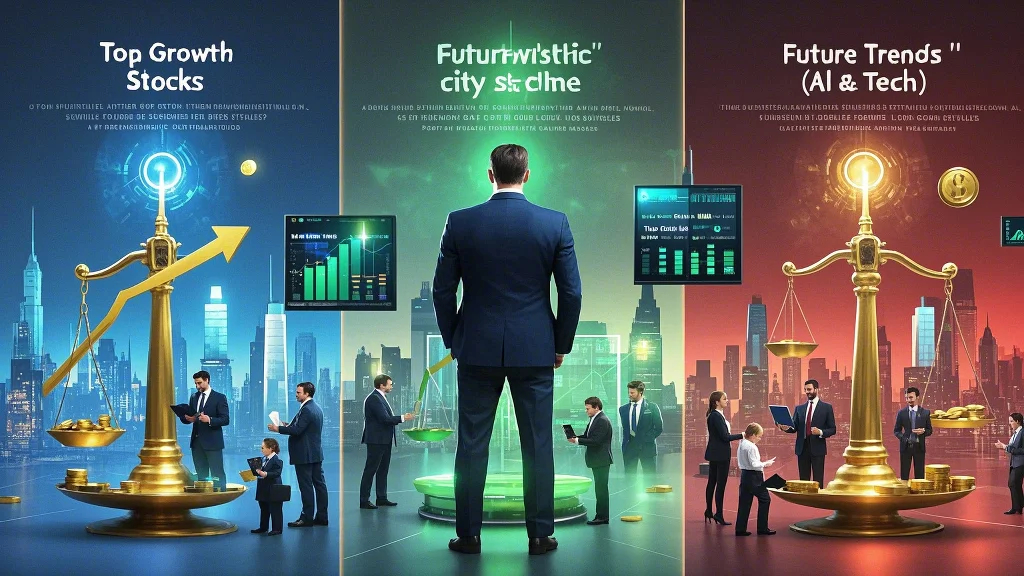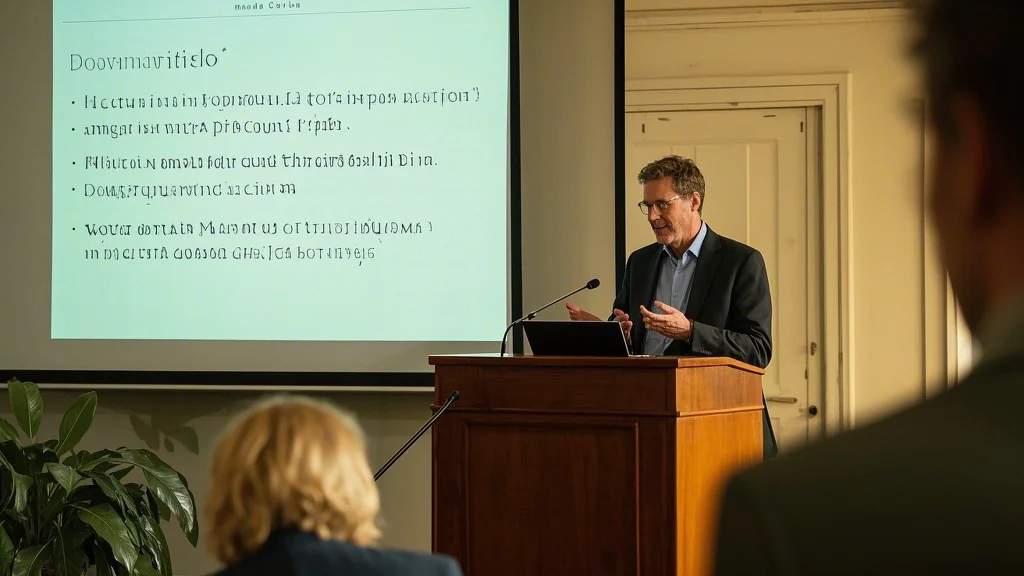The Rising Dominance of Sustainable Investments
Wall Street’s tectonic plates are shifting as sustainable investments transition from niche to mainstream. What began as a moral choice for socially conscious investors has proven to be a remarkably prescient financial strategy. Companies prioritizing environmental, social, and governance (ESG) factors now consistently outperform their peers during market downturns while matching performance during bull runs. This resilience stems from their focus on long-term value creation rather than quarterly earnings manipulation. As climate regulations tighten globally and consumer preferences evolve, businesses ignoring sustainability risk becoming the next Blockbuster in a Netflix world.
The financial case for sustainable investments strengthens with each passing year. Renewable energy projects now achieve lower kilowatt-hour costs than fossil fuels in most markets. Companies with diverse leadership teams demonstrate superior decision-making. Corporations investing in employee wellbeing enjoy higher productivity and lower turnover. These aren’t ideological claims but empirical realities reflected in balance sheets. Forward-looking investors recognize that sustainability metrics serve as early warning systems for operational risks and innovation potential alike. The old paradigm of “profits versus principles” has collapsed under the weight of evidence that responsible business is simply better business.
Crafting Smart Investment Strategies for the New Economy
Developing smart investment strategies today requires understanding how macroeconomic currents favor sustainable business models. The Inflation Reduction Act’s $369 billion climate provisions represent just one example of policy tailwinds. Meanwhile, Millennial and Gen Z investors – set to inherit $68 trillion in wealth – overwhelmingly prefer aligning their portfolios with their values. This generational wealth transfer will accelerate the growth of impact investing from $1 trillion today to projected $30 trillion by 2030. Savvy investors position themselves ahead of these demographic and regulatory waves.
True smart investment strategies avoid the trap of superficial ESG labeling. The most sophisticated approaches use proprietary impact measurement frameworks or partner with specialized research firms to assess genuine sustainability rather than corporate greenwashing. Portfolio construction now considers physical climate risks (flood zones affecting real estate holdings) and transition risks (automakers slow to electrify). This level of analysis separates trend-followers from investors building durable wealth in the new economy. The most successful strategies balance impact metrics with traditional fundamentals – after all, even the most virtuous company must remain financially viable.
Identifying the Best Mutual Funds for 2025 and Beyond
As we evaluate the best mutual funds 2025 will offer, sustainability integration becomes a key differentiator. Leading asset managers now offer funds combining rigorous ESG screening with exposure to high-growth sectors like clean energy, sustainable agriculture, and circular economy innovators. These funds increasingly dominate performance rankings by avoiding industries facing existential threats (coal) while overweighting solutions to global challenges (water infrastructure). What distinguishes top performers is their active engagement with portfolio companies to improve sustainability practices rather than passive exclusion.
The best mutual funds 2025 candidates share several characteristics: experienced management teams with specialized sustainability expertise, transparent impact reporting, and reasonable fee structures. Some emerging stars focus on specific UN Sustainable Development Goals, allowing investors to target issues they care about most – whether gender equality, affordable clean energy, or responsible consumption. For retirement investors, target-date funds incorporating ESG factors now provide simple, diversified exposure. As Morningstar research confirms, sustainable funds have weathered recent market volatility better than conventional peers, making them particularly attractive for risk-conscious investors.

Growth Stocks Poised to Lead the Sustainability Revolution
Beyond funds, individual growth stocks to buy in the sustainability sector offer compelling opportunities. The electrification of everything – from vehicles to home heating – creates massive potential for companies producing efficient technologies, smart grids, and energy storage solutions. Sustainable food innovators developing plant-based proteins and vertical farming systems address both climate concerns and global food security. Water technology firms solving scarcity issues represent another high-growth arena. These sectors share characteristics of early-stage industries with exponential adoption curves ahead.
When selecting growth stocks to buy, investors should prioritize companies with defensible intellectual property, scalable solutions, and credible pathways to profitability. The sustainability sector has its share of overhyped story stocks, so rigorous due diligence remains essential. Look for firms converting visionary rhetoric into measurable impact and revenue growth. Many winners will emerge from second-tier cities with lower operating costs than traditional tech hubs, as geographic dispersion becomes a hallmark of the green economy. Patient investors willing to weather volatility could reap substantial rewards as these companies mature.
Capitalizing on Investment Opportunities in 2025’s Transformative Economy
The coming year presents unprecedented investment opportunities 2025 as multiple sustainability megatrends converge. Carbon capture technology moves from pilot projects to commercial scale. Green hydrogen begins disrupting heavy industry and long-haul transportation. Sustainable infrastructure benefits from $1 trillion in global annual spending. These aren’t hypothetical scenarios but concrete developments with identifiable public and private companies positioned to benefit. The investors who map these interconnections will spot opportunities before the broader market recognizes them.
Emerging investment opportunities 2025 also appear in unexpected places. Traditional sectors like manufacturing and chemicals are quietly reinventing themselves through radical efficiency gains and circular production models. Even oil majors are diversifying into renewables faster than most analysts predicted. The most astute investors monitor these transitions through specialized research platforms tracking corporate decarbonization commitments and progress. Secondary markets for sustainable assets (carbon credits, renewable energy certificates) represent another frontier for sophisticated investors. This landscape rewards those who think systemically about how policy, technology and consumer behavior interact.
Building a Future-Proof Sustainable Portfolio
Constructing a portfolio for the sustainability era requires moving beyond simple screening to holistic integration. Allocate across three horizons: established clean tech leaders, emerging innovators, and traditional companies demonstrating authentic transformation. Geographic balance matters too – while Europe leads on regulation, Asia dominates renewable manufacturing, and North America excels at technological breakthroughs. This diversified approach captures the full spectrum of sustainable investments while managing sector-specific risks.
The most successful investors treat sustainability not as a separate asset class but as a lens through which to evaluate all holdings. They recognize that climate risk is investment risk, that social inequality threatens economic stability, and that transparent governance prevents value destruction. These investors will likely reap the dual rewards of competitive returns and positive impact. As markets increasingly price sustainability factors into valuations, early adopters stand to benefit most from this historic repricing of global assets. The future belongs to those who see the transformation already underway.



